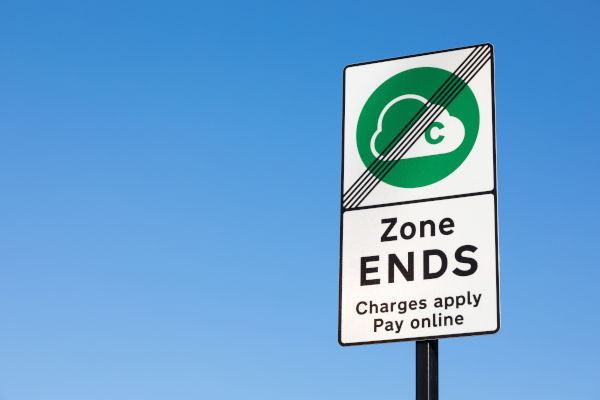Search Engine Optimisation Tips for your Car Dealership Website
SEO (Search Engine Optimisation) is the practice of improving your car dealership website and its content for the purposes of ranking higher in search engines like Google. In this blog we will focus on the 3 main areas to pay attention to.

On-Page SEO, Off-Page SEO, and Technical SEO
On-Page SEO is very literal and refers to everything you can do directly ON your dealership website to help it rank higher in search engines, dominantly related to user experience, from load times to how easy it is to navigate.
Off-Page SEO refers to activities outside your website that influence your page ranking, from other reputable websites linking to your content to collaborating with social media influencers.
Technical SEO focuses on the website's backend structure as well as signals of trust. This is wide-ranging and covers elements such as webpage security to how Google perceives your expertise, authority, and trustworthiness on a certain topic or business niche.

Starting with the Basics
Before you get started, set-up and familiarise yourself with the free tools below.
Google Search Console (GSC) is a free tool offered by Google that provides key insights into how your dealership website performs in an organic search. It's an essential starting point for anyone who wants to take SEO seriously. It will alert you if Google is having trouble indexing your pages, it will identify issues that could affect the mobile user experience, and allow you to see which sites are linking to yours.
Google Analytics (GA) is another free tool by Google. While GSC shows you how people find your car dealer website, GA shows you what they do on your website. Google Analytics will allow you to monitor user stats, behaviour, track conversions, and measure the performance of your marketing channels and SEO efforts.

On-Page SEO
Keyword Optimisation
Keyword Research
Start with broad topics that are central to your business, products, or services. Then, consider the search intent of your target market. What may they be searching for online? e.g. Are they looking for knowledge? Are they searching for a specific brand or location? Or are they looking for where they can buy something? It may be that you target those who search, "Vauxhalls for sale near Leicester".
In order to really nail down a specific niche, it's worth thinking of long-tail keywords. These are essentially words commonly grouped in a search phrase - often very specific. An example may be "Used Toyota Hilux Pickup Truck Nottingham".
Where Should I Place My Keywords?
Your keywords should be seamlessly integrated into as much of your website's written content as possible. This includes About Us pages, Inventory pages, Services pages, Contact Us pages, and Blog Articles.
Avoid keyword stuffing: Your keywords should appear naturally in your writing. Remember that user experience is the focus, and if you can subtly incorporate keywords too, great.
You should also include relevant keywords in the URL of individual website pages. Both search engines and users understand the content better when URLs are clean and descriptive.
For example:
yourdomain.com/used-4x4s-nottingham
yourdomain.com/land-rover-discovery-for-sale
yourdomain.com/finance-used-4x4-notts
Keep URLs clean and descriptive to help search engines and users understand the content.
A FAQ section is a fantastic opportunity for keywords. FAQs naturally match how people search online.
For example:
What's the best used 4x4 for towing?
Do you offer financing for used cars in Nottingham?
Is it cheaper to buy a 4x4 in the summer?
These are long-tail keywords with clear intent, and Google loves direct answers. Write concise, structured answers, with a reasonable use of keywords in the answers.
Your answers may then feature in Google "Snippets" (the FAQ-style answers that appear in Google search results). You may also find your FAQ content featured in answers provided by Alexa, Google Assistant, or Siri.
Try to include keywords in the H1, H2 & H3 heading tags on your website and "front-load" them. Simply put, the important keywords should appear first. i.e. Used 4x4s in Nottingham NOT Our Dealership Proudly Presents Our Range Of Used 4x4s.

Quality Content
What Written Content Should I Create?
Google ultimately wants to satisfy what their user is searching for. Your goal is to make your ideal customer's mission as easy as possible. Make sure you create high-value, original content that answers queries, educates visitors, sparks interest in a topic, helps someone find something they want to buy and ultimately complete a purchase.
How Should I Write It?
You want to appear as trustworthy, knowledgeable, and experienced as possible in your particular industry. Reference your first-hand expertise and experience, back it up with quotes, reviews and insights. Google wants you to show your authority as a dealership, so the more testimonials, biographies, and awards you can include on your website, the more likely Google is to pair you with their user.
Keep the tone natural and representative of you or your brand. Include real photos on your website where possible.
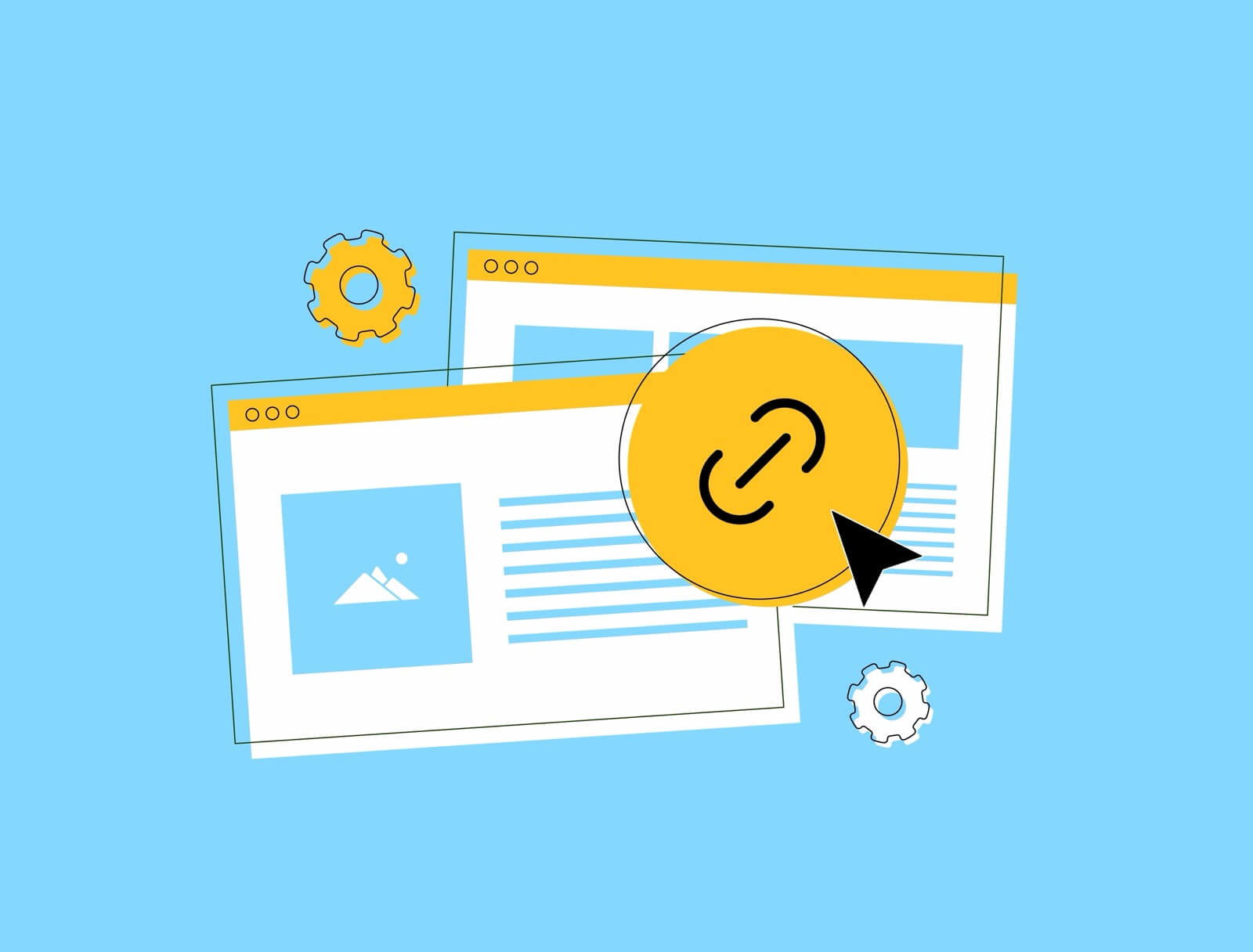
Website Structure & Responsiveness
Mobile Responsiveness
Your site must adapt well to all device types. Google's search engine algorithm primarily uses the mobile version of a website for crawling, indexing, and ranking.
Mobile responsiveness is a no-brainer when it comes to user experience; however, we also know that Google crawls and ranks your website based on how it performs on mobile, not desktop.
Make sure that your website is just as usable on a small, vertical screen as it is on a big desktop screen.
Navigation
We mentioned previously how Google ultimately wants to satisfy what the user is searching for. This makes the ease with which one can navigate your website very important. If visitors can't find what they're looking for quickly, they will leave, and Google will take note of this and potentially 'mark you down' for it.
It should be as easy as possible for users to easily browse your content, find what they are looking for in your inventory, find answers to their questions, and follow a call to action (e.g. calling you or completing a purchase).
An easy-to-navigate website is not just for humans; it also makes it easier for Google to crawl the website and index it.
Internal linking
Internal linking relates to your website pages that link to other relevant pages on your website. It is key to making it easier for Google to crawl, but also for building something called Link Equity.
You can think of Link Equity as having some of your website pages boost the reputation of other pages on your website. Your homepage might be very strong and may come up in searches regularly. If your successful homepage links to other pages on your website, your other pages will share in some of that success. It also helps Google to crawl your website faster, as it's essentially telling it where to go.
For example, the section about your dealership history on your homepage might include a link underneath that says 'Browse our full range of used 4x4 vehicles for sale in Nottingham', with only the keywords linked. Avoid naming your link something generic like "click here".
Page Load Speed
Fast loading times improve both user experience and search rankings.
Not only does Google rank your website according to page load speed, but when frustrated users leave your website prematurely, Google looks down on your website. A fast site keeps users engaged, increases conversions, and reduces friction, all of which send positive signals to Google.
Images
Images are great for a website; however, you must handle them correctly to ensure they don't become a hindrance.
Size Matters
The obvious starting point follows on from the previous point about page loading speed. Don't use huge file sizes for your images, or it will slow down your website pages. A photo needs only be 8.3 megapixels to fit the size of a 4k screen, bear this in mind and avoid overkill. Don't be afraid to compress images. You can use modern image formats like WebP to decrease image size.
If you can host your images via a content delivery network (CDN), that will speed up image load times, too. Instead of your image being hosted in one location, it will be hosted in many locations across the globe. This means your website can call upon the image much faster.
Labelling Your Images
Before you even upload your images, name them with relevant keywords. Your image file should be called something like used-land-rover-discovery.jpg instead of IMG_2834.jpg.
In addition to this, you can add Alt Text to an image. This will look something like alt="Used Land Rover Discovery for sale at Nottingham dealership" and will provide a description of the image when it can be viewed, including by Google when crawling your website.
Keep Them Relevant
Don't just randomly dot images around your website; make sure they contribute to the overall navigation or story being told. Make sure they fit in with the surrounding content and headings, etc.
Add Value
Aside from the technical implementation of images, it is important to consider how your images contribute towards other SEO factors like navigation, authority, and trust. Use real images of your vehicles that you've taken, use real images of your team, awards, and things like infographics. Anything that can show you to be genuine, knowledgeable, trustworthy experts in your field, with genuine products for sale.
MotorDesk Car Dealership Websites automate your On-Page SEO, handling everything from internal linking to page scheme completely automatically.
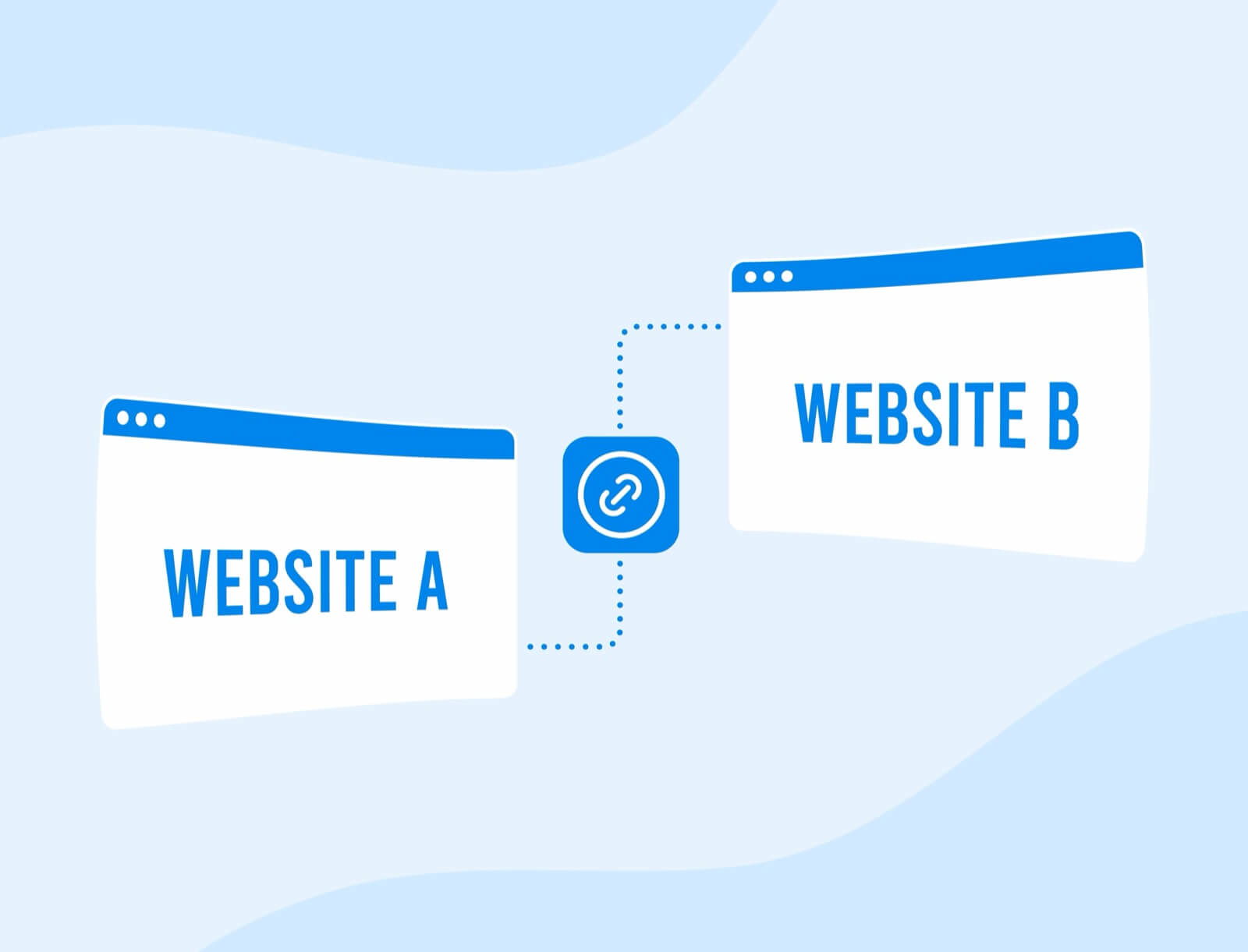
Off-Page SEO
Build Backlinks
Backlink building is at the core of off-site SEO. It involves establishing links from other websites back to your own, increasing your domain authority, improving search rankings, and driving referral traffic.
Local Business Directories
You will want to claim, verify, and take control of any business profile that exists on the web (often auto-generated by directories). If a listing does not appear on certain directories, you should create it. Most UK directories offer Free listings, although paying for Premium features will give you a favourable position in these directories.
Examples include: Yell.com, ThomsonLocal, and 192.com.
Search for Your Business online, go to the directory site, and type your business name and postcode.
If it already exists, you'll see a "Claim this business" or "Is this your business?" option. If it doesn't exist, you'll usually find a "List your business" or "Add a listing" link. You'll need to verify your details and ownership, but once you do, across a range of directories, you will start to build consistent, trusted backlinks and improve local SEO visibility.
This will already begin boosting your dealership's rankings in local search results.
Automotive Directories
You should be registering your business and advertising your vehicles on platforms where people are actively searching for cars. This includes platforms such as AutoTrader & Motors.
Use a DMS like MotorDesk to upload to multiple car-buying platforms from a single login.
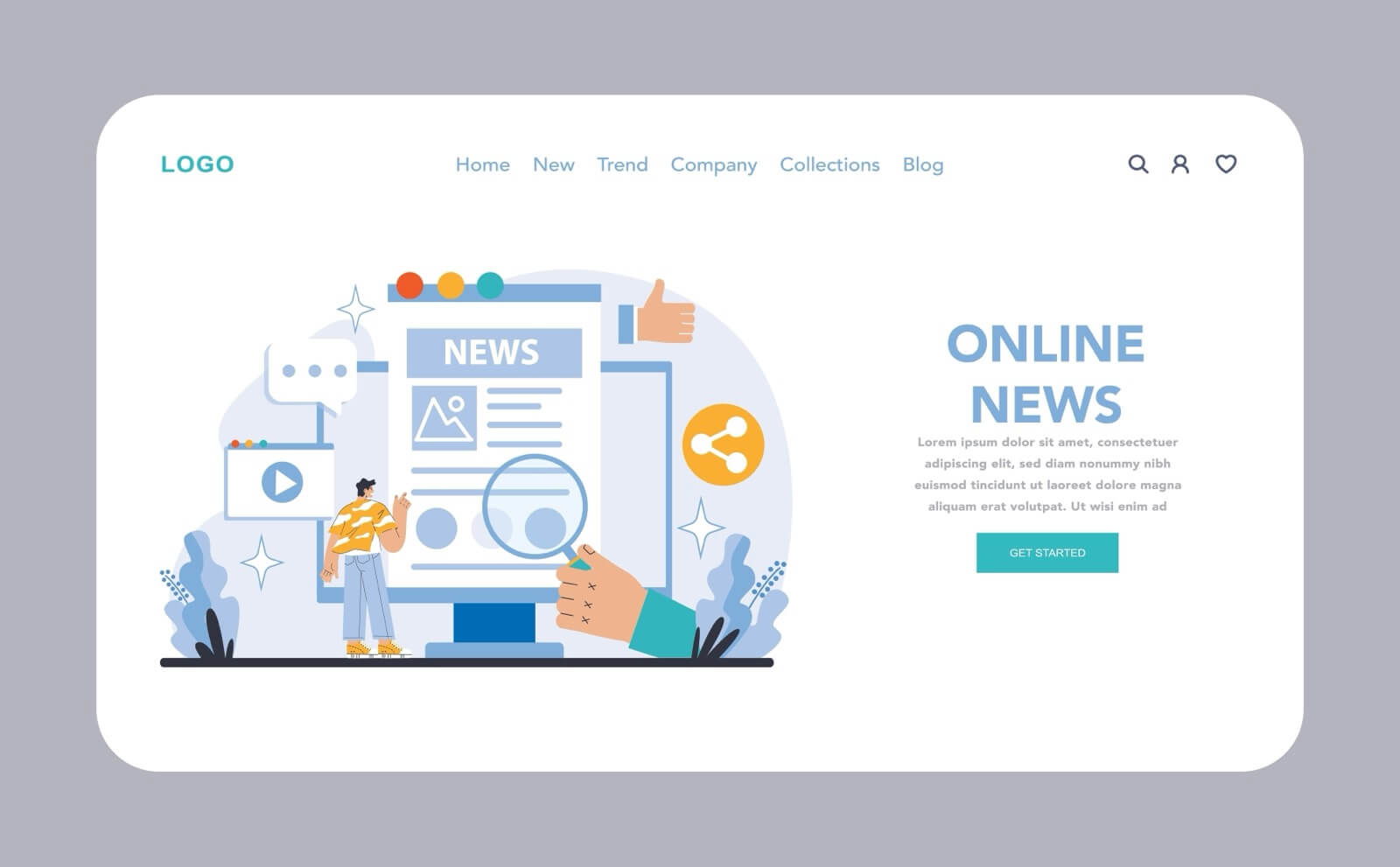
Guest Blogging & Content Outreach
Submit your own writing to websites and blogs, showing your expertise and creating valuable backlinks to your website. This could be reputable automotive websites, lifestyle blogs, local or regional websites.
You can think outside the box about which publications you approach. It need not just be car-focused websites, and lifestyle blog readers may be interested in articles such as "Weekend Adventures in the Peak District? Why You Need a 4x4".
The ultimate goal is to create content that others want to reference, share, or quote. The more often this happens, the more organic backlinks you earn, which contributes to better search engine rankings and strengthens your brand's presence online.
You can also generate local backlinks through press releases and media outreach. For instance, if a new member joins your team or you launch a new service, these are perfect opportunities to issue a short press release to local news websites or community blogs. Build relationships within your local community and don't be afraid to share what you're up to.
Even small-scale mentions like "New technician joins award-winning Nottingham dealership" in a local news outlet can result in quality backlinks and increased online visibility.
Getting involved in your local community or the wider industry you're in, such as supporting local or industry-relevant charities, organising fundraising events, or joining in industrywide events (think Bangers For Ben), can boost your brand's visibility and reputation online.
These efforts often lead to media coverage, all of which contribute to stronger online authority and build reputable backlinks to your website and your business over time. Any expertise that you can share online will naturally attract links from journalists, bloggers, and forums.
Social Media Outreach/Web Presence
Social signals (i.e, likes, shares, retweets, comments, etc.) themselves are not directly used by Google in its ranking algorithms; however, the indirect benefits from social media can improve your SEO.
When your brand is mentioned or talked about online, even without direct links, search engines can take this as a sign of credibility and authority.
You can use tools like "Google Alerts" or "Mention" to track where your business is being talked about online. It's a good idea to reach out to websites that mention your dealership and ask them to add a link.
The increased traffic to your website via Social Media recommendations or shout-outs can lead to strong website engagement and increase organic backlink building as they find and share your valuable on-site content.
In addition to this, simply having a social media presence means there's a higher chance of being noticed by journalists or bloggers. You never know what opportunities can arise.
With this in mind, there are no limits to how you get your name out there on social media. From appearing as a podcast guest on a relevant YouTube channel to sponsoring your local football team.
So while social media interactions don't directly improve your Google ranking, the attention and visibility they generate can lead to indirect SEO gains.
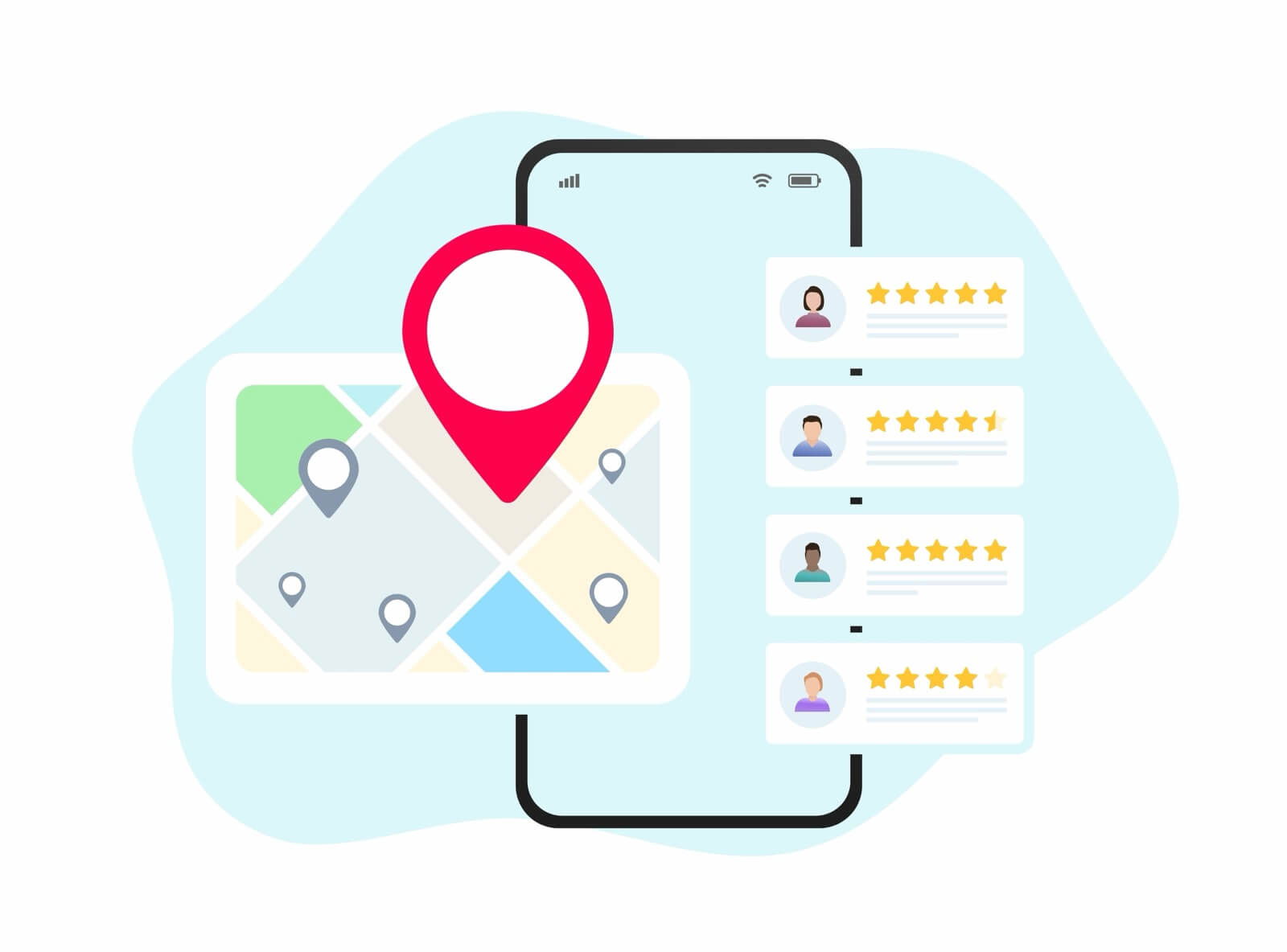
Online Reviews & Reputation Management
Your online reputation is already vital in terms of how you appear to potential customers, but search engines also prefer to recommend businesses that have strong, consistent reviews across different platforms.
Examples include Trustpilot, AutoTrader Reviews, and Car Dealer Reviews, and you should always encourage your customers to leave reviews after purchasing something from you.
Forum & Community Engagement
Following on nicely from online reputation, you should make yourself known in niche online forums (there is an online forum or Facebook group for absolutely everything), Reddit conversations, and community group pages. These are incredibly useful for both the reputation side of things and the backlinking side of things.
You will find yourself getting relevant referral traffic from genuinely interested visitors - think time spent on your website and a low bounce rate.
A simple online discussion involving your business will generate brand mentions and, given that people like to share links to specific things, you'll be building backlinks with high relevancy.
Examples of where you can consider include PistonHeads, vehicle-specific Facebook groups, and Reddit subreddits like r/CarTalk.

Keep An Eye On The Competition
Identify your top SEO competitors. Interestingly, this doesn't just mean your business competitors, but those who are competing for the searches you want to appear in.
Google your main keywords or phrases that you want to rank for, and then make a list of the top 5 - 10 sites ranking on page one. You can exclude websites like Wikipedia or Amazon unless directly relevant.
You can then look and see where your competitors are getting their backlinks from using specific tools like Ahrefs or SEMrush.
These tools show you which websites are linking to your competitor, ultimately boosting their search ranking. This can not only give you ideas of the kinds of backlinks and content you can be pursuing for your rankings, but you can also try and feature content on the same sites as your competitors.
Keep in mind, however, that Google values links from trusted, high-quality sites, so do a quick analysis of your competitors' backlinks to identify the ones worth targeting.
Technical SEO
These are website performance elements that make it easy for Google to crawl and understand your website.
Help Google Out
Start with site speed. Your website needs to load fast, especially on mobile. If your site takes more than a few seconds, potential buyers will 'bounce' and go elsewhere. Tools like Google PageSpeed Insights or GTmetrix will show you what's slowing it down and how to fix it. Common culprits include oversized images/videos, old plugins, or unnecessary code.
Next, make sure your website is mobile-friendly. More and more people are browsing for cars on their phones, and if your site isn't easy to use on a small screen, you're losing customers. Google even prioritises mobile versions of websites when deciding rankings.
You also want a clean, crawlable site structure. That means logical menus, clear page categories (e.g, used cars, new arrivals, finance, contact), and working internal links. Make sure each page on your website has its own unique title and meta description.
Schema Markup
Schema markup is a small bit of behind-the-scenes code you add to your website that acts like a translator for search engines. On its own, Google can guess what a page is about, but with schema, you're telling it exactly what it needs to know in a language it understands.
Instead of just hoping Google realises you're listing a car for sale, schema spells it out: "This is a 2020 BMW 3 Series, available for £13,995, with 12 months MOT and a 5-star rating, being sold by a used car dealership in Nottingham."
It may look something like this:
Google may then, for example, display your listing like this in a search result:
2020 BMW 3 Series - £13,995 - Nottingham Used Cars
⭐ 5.0 rating | In stock | 12 months MOT included
https://www.nottinghamusedcars.co.uk/bmw-3series
These are called 'Rich Snippets' and adding schema helps unlock rich snippets in search results, extra details like review stars, pricing, opening hours, available vehicles, and more. It's not a direct ranking factor, but it makes your listing stand out, improves click-through rates, and builds trust at a glance.
If the idea of adding code sounds intimidating, don't worry, there are tools to help, and most car dealership website providers like MotorDesk handle schema code for you automatically.
Conclusion
SEO might seem like a juggling act, but it ultimately boils down to three core areas: on-page, off-page, and technical SEO.
These three elements work together to boost your visibility and bring the right people to your dealership website. By combining well-placed keywords, solid backlinks, a smooth user experience, and technical trust signals, you're not just helping Google find and rank your website; you're making it easier for real people to find, trust, and buy from you. Do the basics well, stay consistent, and let Google do the rest.
MotorDesk provides Car Dealership Websites which include extensive On-Page SEO and Technical SEO functionality out-of-the-box, helping you create a search engine optimised website for your dealership quickly and easily. This is paired with our advanced AI SEO features, which utilise the power of AI to automate content creation and internal linking helping create the ultimate search engine optimised car dealer websites.
